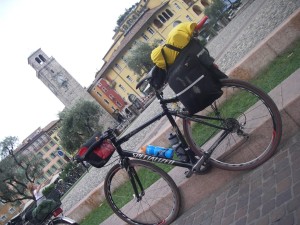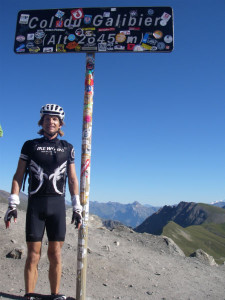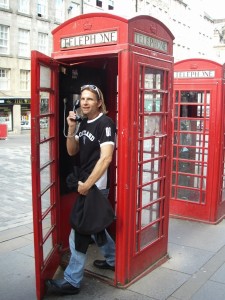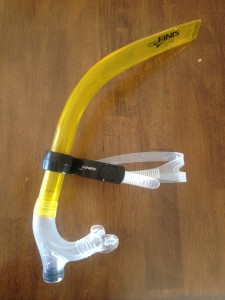
Looking for some fun, winter exercise options? Have you considered snowshoeing?
It is a great way to keep your cardio fitness gains from the summer months while exploring some quiet and peaceful places in our Colorado winter wonderland. Snowshoeing requires a good base level of fitness so some sport specific training prior to tackling the trails is a good idea. First, a few things that will help make the trip a success and then some training considerations to better prepare you.
Gear – For starters, when it’s time for the first hike, rent snowshoes or borrow a pair from a friend. Just make sure to try them on before heading out the first time. Trekking poles are another item that many find helpful for additional balance and support as trail conditions vary. Packing the appropriate gear will make the adventure that much better along with some tasty snacks. Dressing in layers allows you to be flexible by adding or peeling off layers depending on your effort and the weather. Visit http://www.rei.com/learn/expert-advice/snowshoeing-first-steps.html For more specific info on gear check and snowshoeing tips
Safety – If it’s your first time out, going with a friend or group that has some experience is a good idea. Make sure to check the weather report and trail conditions before starting. A saying we use in the ocean is “when in doubt, don’t go out” and this would apply here as well. Conditions can change quickly and there is no shame in turning around early on a hike or not starting one in adverse conditions.
Where – Rocky Mountain National Park has miles of trails to explore. http://www.nps.gov/romo/planyourvisit/winter_activities.htm
Training - Here we have the nuts and bolts to get you ready for your snowshoe adventure. You will need to focus on cardio exercises that are sport-specific to best prepare you for the demands of snowshoeing. Walking or hiking outdoors on a rolling to hilly route would be a good place to start. This can also be accomplished by varying the incline on a treadmill if no hills are nearby. Other cardio options to consider would be a stair-master or elliptical trainer and taking the stairs whenever you can goes without saying. A blend of low and high intensity aerobic workouts will keep the training varied and better prepare you for the demands of the hike. Once you are comfortable walking at least 45 minutes, then it would be time to try some of your walks with a small pack, preferably the one you snowshoe with. This will increase the load on your hips, legs and upper body muscles so good form (posture) is important. If you are planning to hike longer distance or terrain that has a lot of elevation gain/loss, you will benefit from adding a little bit of weight to the pack and/or extending the time of your longer walks.
Strength and Flexibility – If new to strength training, then consulting with a trainer at your gym would be a great place to start. This will help take some of the fear out of the gym, but more importantly help minimize the chances of injury getting started. If you plan on just doing your own thing, start slow with body weight exercises and/or light weights that you can comfortably lift 12-15 times and one set is plenty if starting from scratch. If you have been in the gym already, then two sets of 12-15 repeats will be a good starting point. Focus on large muscle groups targeting the hips, legs, back and shoulders. Some lower body exercises to implement (but certainly not limited to) would be: Squats, lunges (both forward and backward), hamstring curls (machine or swiss ball) and single leg ¼ squats. Upper body could include: dumbbell rows, push-ups, shoulder press and tricep extension. The muscles of the lower leg and ankle will be under increased load as well, so a couple of simple exercises to include would be calf raises and walking on your heels, toes, inside and outside of your feet. Flexibility is always an important part of any program and everyday good health. Make sure to include stretching for the psoas to open up the hips, along with leg, back and chest muscles to help keep that good posture. Snowshoeing at times may require you to take steps bigger/higher than you are normally accustomed to over varied terrain.
Happy Trails!
Coach Eric









